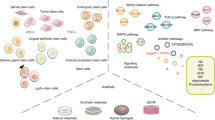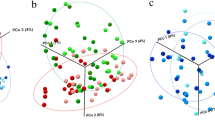Abstract
Orthognathic surgery is frequently accompanied by intermaxillary fixation. Intermaxillary fixation impedes the maintenance of effective oral hygiene and prolonged fixation can result in periodontal disease. A potential shorter term effect is the generation of oral malodour. It is unclear, however, as to how the production of malodorous compounds in the oral cavity is altered post‐surgery. Oral air concentration of sulphur containing compounds, short chain organic acids, ammonia, isoprene and acetone were measured using selected ion flow tube‐mass spectrometry in a patient who had undergone orthognathic surgery with subsequent intermaxillary fixation. Total sulphide levels rose approximately 5‐fold during fixation with metal ties, with smaller increases recorded for the other compounds measured with the exception of isoprene which remained close to baseline levels. Organic acid levels declined markedly once elastic ties had replaced metal ties, with a lesser reduction being observed in sulphide levels, with both declining further after the commencement of a chlorhexidine‐containing mouthwash. These data suggest that bacterial generation of a variety of malodorous compounds increases markedly following intermaxillary fixation. This single case also suggests that the use of elastic ties and effective oral hygiene techniques, including the use of chlorhexidine mouthwash, may help ameliorate such post‐surgical effects.
Similar content being viewed by others
Article PDF
Author information
Authors and Affiliations
Corresponding author
Rights and permissions
About this article
Cite this article
Ross, B. Changes in oral trace gas concentrations following orthognathic surgery and intermaxillary fixation: a case study using selected ion flow tube mass spectrometry. Int J Oral Sci 3, 160–164 (2011). https://doi.org/10.4248/IJOS11058
Received:
Accepted:
Published:
Issue date:
DOI: https://doi.org/10.4248/IJOS11058



